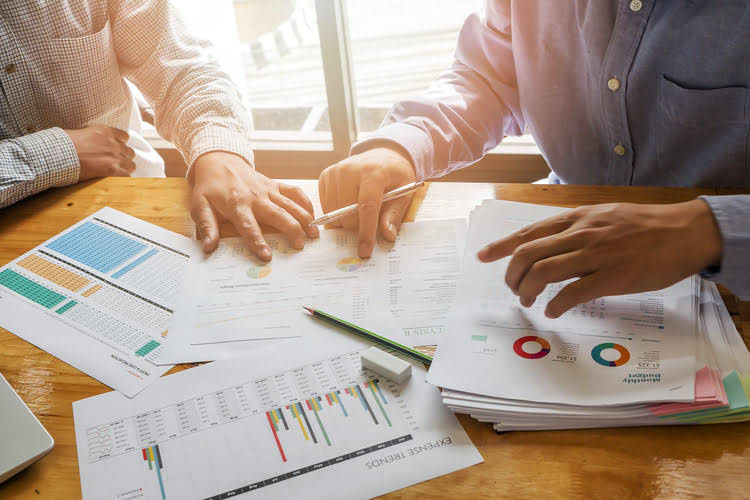What are Trade Receivables and How to Calculate Them?
For example, if Company B has $800,000 in quick assets and current liabilities of $600,000, its quick ratio would be 1.33. The cash ratio indicates the capacity of a company to repay its short-term obligations with its cash or near-cash resources. Current assets reveal the ability of a company to pay its short-term liabilities and fund its day-to-day operations. This includes products sold for cash and resources consumed during regular business operations that are expected to deliver a cash return within a year. Current assets are assets that are expected to be converted into cash within a period of one year. In short, you can use your current assets to monitor your business’s finances and pinpoint problem areas to make adjustments and improvements.

Classification of Assets and Liabilities
It also covers all other forms of currency that can be easily withdrawn and turned into physical cash. If demand https://www.bookstime.com/ shifts unexpectedly—which is more common in some industries than others—inventory can become backlogged.
- Let’s go over what exactly current assets are and examples of this important business accounting term.
- Fixed assets appear on the company’s balance sheet under property, plant, and equipment (PP&E) holdings.
- Current assets are more short-term assets that can be converted into cash within one year from the balance sheet date.
- Depending on the nature of the received benefit, the company’s accountants classify it as either an asset or expense, which will receive the debit entry.
What are Trade Receivables and How to Calculate Them?
Fixed or noncurrent assets, on the other hand, are those assets that are not expected to be converted into cash within one year. The current ratio evaluates the capacity of a company to pay its debt obligations using all of its current assets. Positive working capital shows that the company has enough current assets to pay what falls under current assets off its current liabilities. Property, plants, buildings, facilities, equipment, and other illiquid investments are all examples of non-current assets because they can take a significant amount of time to sell. Non-current assets are also valued at their purchase price because they are held for longer times and depreciate.
Our Services

It can be looked at on its own and in conjunction with other statements like the income statement and cash flow statement to get a full picture of a company’s health. This line item includes all of the company’s intangible fixed assets, which may or may not be identifiable. Identifiable intangible assets include patents, licenses, and secret formulas. Fixed assets include property, plant, and equipment because they are tangible, meaning they are physical; you can touch them.

These represent Exxon’s long-term investments, like oil rigs and production facilities that come under property, plant, and equipment (PP&E). In financial statements, these groups of current assets are recorded in the balance sheet and show the value at the end of the reporting date. The following is the list of current assets that normally occur or report in financial statements.
Balance Sheet Example
- Cash advance occurs when staff needs some cash to spend for some kind of mission or event or some time to purchase sometimes.
- Similarly, accounts receivable should bring an inflow of cash, so they qualify as current assets.
- In the case of auction-rate securities, the failure rate was exceedingly high, and the use of auction-rate securities as a current asset significantly declined.
- Changes in balance sheet accounts are also used to calculate cash flow in the cash flow statement.
Learn financial statement modeling, DCF, M&A, LBO, Comps and Excel shortcuts. The assets section of the balance sheet is ordered from most liquid to least liquid. The Current Assets categorization on the balance sheet represents assets that can be consumed, sold, or used within one calendar year. Liquidity ratios provide important insights into the financial health of a company. Managing working capital is vital for business growth and helps avoid cash flow problems.
- Examples of current liabilities include accounts payable (sundry creditors and bills payable), short-term bank overdrafts, and short-term temporary loans.
- For example, Apple, Inc. lists several sub-accounts under Current Assets that combine to make up total current assets, which is the value of all Current Assets sub-accounts.
- With its current assets of $1,000,000 and current liabilities of $700,000, its current ratio would be 1.43.
- These are fixed assets, as they’re used long-term, and their usage period is typically longer than one year.
- However, Peter is trying to draw investors to his company, but this low profit amount may make them decide to invest elsewhere.
- Aside from fixed assets and intangible assets, other types of noncurrent assets include long-term investments.
Classification of Liabilities


